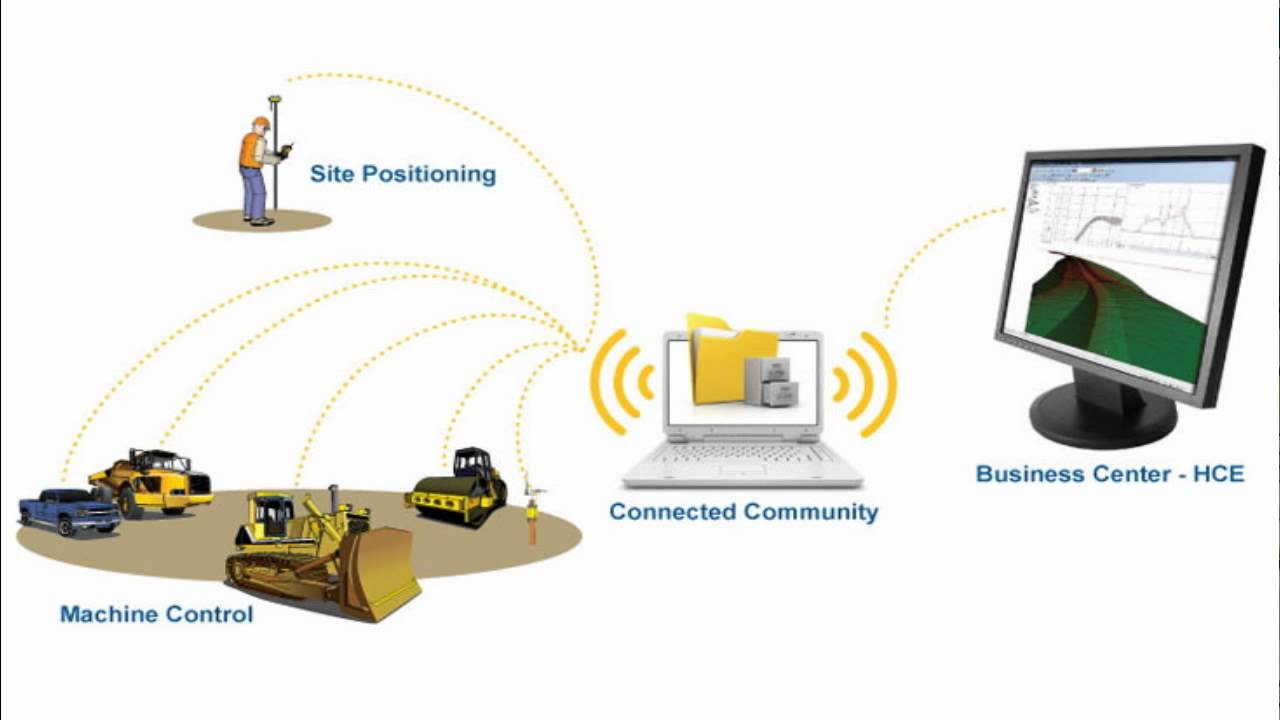Master Data Governance (MDG) is the cornerstone of data management within an organization. It’s the process of creating and maintaining consistent and accurate master data across an enterprise. Master data encompasses core business entities like customers, products, suppliers, employees, and more. Establishing best practices in MDG is crucial to ensure data integrity, enhance decision-making, and drive organizational efficiency. In this article, we’ll explore some key best practices for effective master data governance.
Contents
Clearly Defined Data Ownership
Assign clear ownership for each category of master data. Data stewards or owners should be responsible for its accuracy, quality, and consistency.
Data Governance Framework:
Establish a robust data governance framework that defines roles, responsibilities, and processes for managing master data. This framework should align with your organization’s goals and objectives.
Data Quality Standards:
Define data quality standards and rules for each type of master data. These standards should specify data formats, validation checks, and data quality metrics.
Read Also: Barclays Bank UAE Pioneering Financial Excellence in the Emirates
Data Profiling and Assessment
Regularly profile and assess your master data to identify issues and anomalies. Data profiling tools can help in uncovering inconsistencies and errors.
Data Classification and Taxonomy:
Develop a clear classification and taxonomy system for master data elements. This makes it easier to categorize and manage data effectively.
Data Stewardship and Workflow:
Implement data stewardship roles and workflows for data validation and approval. Define processes for handling data change requests, ensuring accountability and compliance.
Data Integration and Consolidation:
Integrate data from various sources into a single source of truth. Consolidation helps eliminate data silos and ensures consistency.
Data Governance Tools:
Invest in data governance tools and technologies that support data profiling, data cleansing, and data quality monitoring.
Data Auditing and Logging:
Maintain audit trails and logs of all changes to master data. This ensures traceability and supports compliance requirements.
Read Also: Primerica Online Desktop Navigating the Financial Services Hub
Master Data Governance Best Practices Data Quality Monitoring and Reporting
Implement continuous data quality monitoring and reporting to identify and resolve data issues promptly.
Data Security and Access Control:
Enforce data security measures, role-based access controls, and data encryption to protect sensitive master data.
Data Training and Awareness:
Provide training to data stewards and users on data governance best practices. Raise awareness about the importance of data quality and governance throughout the organization.
Data Governance Metrics:
Define key performance indicators (KPIs) to measure the effectiveness of your data governance program. Track metrics related to data quality, compliance, and efficiency.
Data Governance Council:
Establish a data governance council or steering committee composed of senior executives and key stakeholders to provide oversight and strategic direction.
Continuous Improvement:
Regularly review and update your data governance policies and practices to adapt to changing business needs and data challenges.
Effective Master Data Governance is not a one-time effort but an ongoing commitment to maintaining data excellence within an organization. By following these best practices, businesses can ensure that their master data remains accurate, consistent, and reliable, ultimately leading to better decision-making, improved operational efficiency, and enhanced customer satisfaction. In today’s data-driven world, mastering master data governance is a critical step toward achieving data excellence and gaining a competitive edge.






